9 Hurricane-Resistant Landscaping Ideas for Miami
BY KIMBERLY MAGERL | MARCH 20TH, 2023 | FLORIDA, LAWN CARE, MIAMIHistorically, Miami has the greatest chance of a hurricane impact. In this colorful city, residents recognize the power and destruction of these great storms and celebrate their strength through local sports teams like the Miami Hurricanes. While fans of “The U” celebrate on-field destruction, your South Florida lawn is another story. Here are some hurricane-resistant landscaping ideas to help you prepare your landscape for hurricane season.
In this article, we’ll cover:
- Plant Wind-Resistant Trees
- Create a Network of Trees
- Use Native Plants
- Perform Landscape Maintenance
- Soft Mulch Your Garden Beds
- Eliminate Hazards
- Install Hurricane-Resistant Fencing
- Build a Seawall
- Clear Drains
FAQ About Hurricane-Resistant Miami Landscaping
1. Plant Wind-Resistant Trees
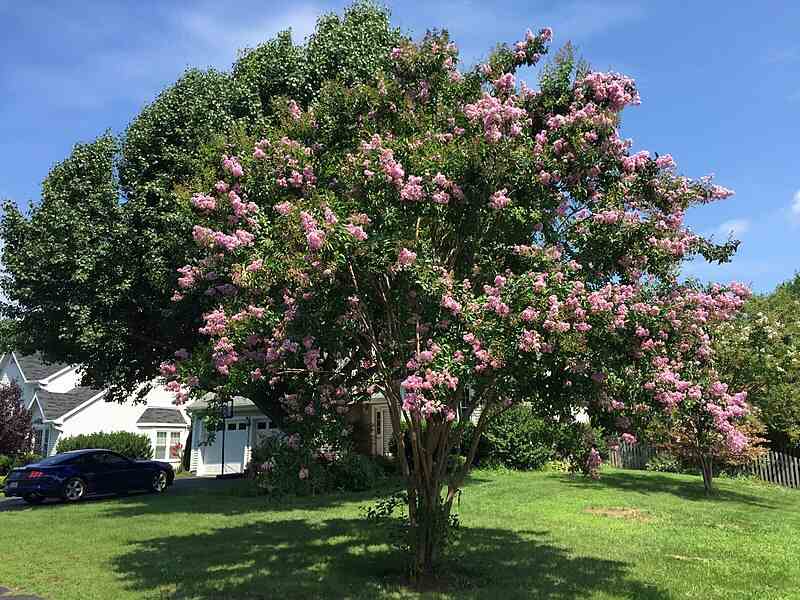
Photo Credit: Famartin / Wikimedia Commons / CC BY-SA 4.0
Sustained winds of 90 mph or more will uproot large trees, and even Category 1 hurricanes have sustained winds between 74 to 95 mph. With 41% of all U.S. hurricanes making landfall in Florida, it is important to plant wind-resistant trees to protect your home and neighborhood from flying branches and falling trees.
Wind-resistant Miami tree species include:
- Bald Cypress (Taxodium distichum)
- Crapemyrtle (Lagerstroemia indica)
- Sabal Palm (Sabal palmetto)
- Sand Live Oak (Quercus geminata)
- Southern Magnolia (Magnolia grandiflora)
Trees to avoid:
- Golden Trumpet Tree (Tabebuia chrysotricha)
- Norfolk Island Pine (Araucaria heterophylla)
- Queen Palm (Syagrus romanzoffiana)
- Royal Poinciana (Delonix regia)
- Weeping Fig (Ficus benjamina)
Advantages of wind-resistant trees:
- Broad and deep root systems reduce the risk of uprooting
- Thin leaves and slender branches deflect wind
- Flexible branches bend instead of snap
- Low centers of gravity create stability
Estimated cost: The average cost of a hurricane-resistant tree varies depending on the size and type of tree, purchase location, and whether you are having a professional handle your landscaping. If you head to your local nursery to purchase your tree, you can expect to spend between $200 to $1,500 per tree.
2. Create a Network of Trees
Like most Miami residents, you have a storm preparedness checklist ready for hurricane season, but no matter how much you plan, you know there is no way to protect your home and yard from storm damage completely. Selecting wind-resistant trees and thoroughly planning your hurricane-resistant landscape increases your plants’ survival chances during a storm.
Some things to consider as you plan your hurricane-resistant landscape include:
- Salt spray proximity; ocean and flood tolerance
- Mature size to avoid conflicts with fences, buildings, power lines, and other plants
- Removing problematic plants or trees
- Grouping trees and plants at even intervals to form a stabilizing root network
3. Use Native Plants
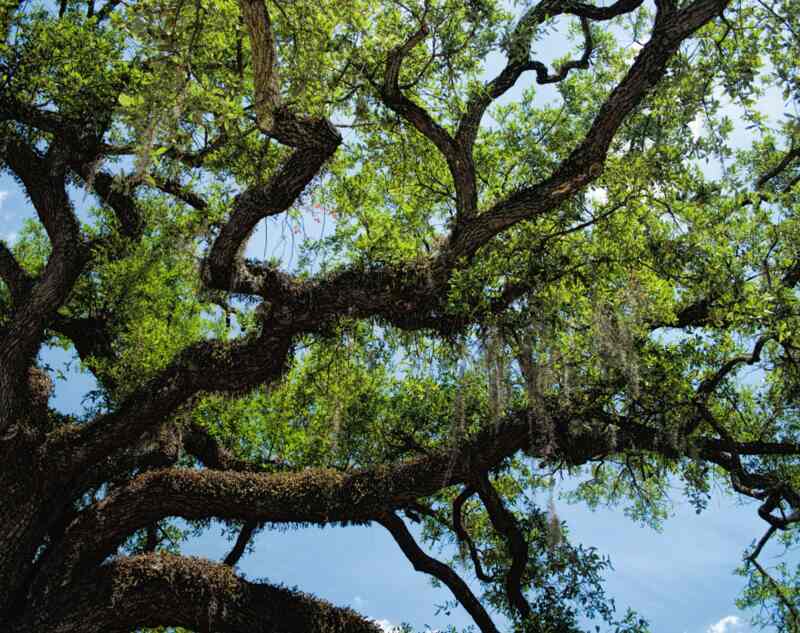
Photo Credit: kathyclark777 / Canva Pro / License
Native South Florida plants are the most salt and wind-tolerant plants you can include in your landscaping project, and they have the added benefit of being incredibly low-maintenance. Native plants promote a healthy ecosystem and thrive in Miami’s tropical climate. These plants are hands-off and resistant to local insects and diseases.
There are many Miami native plants to choose from. Take a look at some of the most salt-tolerant examples:
- Fakahatchee Grass (Tripsacum dactyloides)
- Firebush (Hamelia patens)
- Gaillardia (Gaillardia pulchella)
- Muhly Grass (Muhlenbergia capillaris)
- Sand Live Oak Tree (Quercus geminata)
- Wild Coffee (Psychotria nervosa)
Advantages of native plants:
- Thrive in Miami’s tropical climate
- Require less water and fertilizer
- Support a diverse ecosystem, providing food and shelter for local wildlife, hummingbirds, butterflies, and other pollinators
- Disease and pest-resistant
- Wind and salt-tolerant
Estimated cost: Native plant prices vary widely based on many factors, including type, size, and location. On average, you can expect to spend between $15 to $50 per shrub, $5 to $50 per vine, and $200 to $1,500 per tree.
4. Perform Landscape Maintenance
Healthy trees are sturdy trees, and one of the best ways to maintain healthy trees is to perform routine maintenance, including pruning and trimming. Be sure to keep your hedges, shrubs, and trees pruned or trimmed to cut down on the number and size of branches flying across your yard during a tropical storm.
Advantages of landscape maintenance:
- Increases the health of your landscape
- Reduces the risk of loose branches and tree limbs
- Encourages strong and healthy root systems
Estimated cost: Professional tree trimming and landscape maintenance costs between $315 to $700, depending on the size of your yard and the number of trees and shrubs.
5. Soft Mulch Your Garden Beds
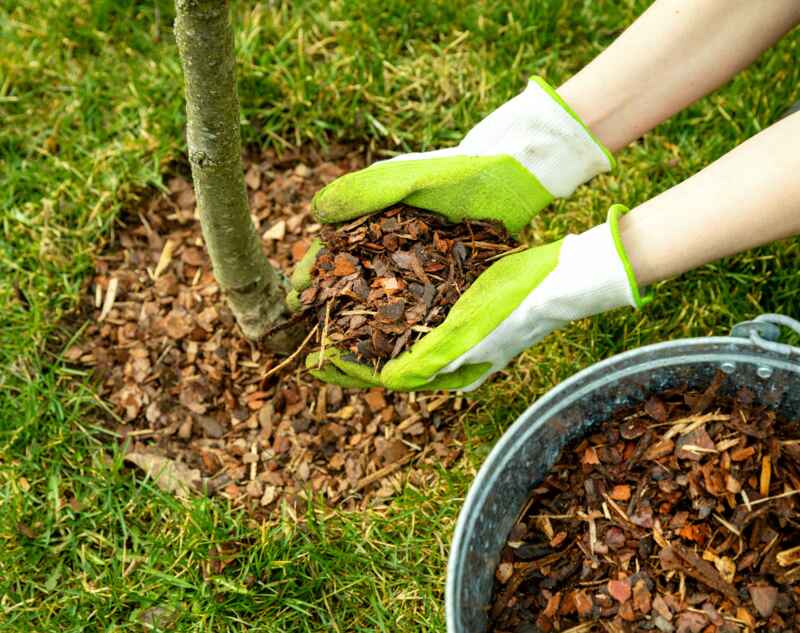
Photo Credit: ronstik / Canva Pro / License
Mulch comes in many forms and colors. It is an inexpensive DIY job with enormous benefits for your Miami lawn. Mulch is a loose material typically made of organic matter like compost, tree bark, and wood chips that helps reduce weeds, conserve moisture, and protect your plants’ roots from heat.
Organic mulch is the best option for your South Florida landscape. It adds beneficial nutrients to the soil as it decomposes, but you will need to add a fresh layer annually. Inorganic mulches like gravel, river rock, and landscape glass are low-maintenance and durable, but the hard pieces ricochet off windows and siding during a hurricane.
Best mulch for your Miami landscape:
- Hardwood and softwood chips
- Bark
- Pine needles
- Leaves
- Grass clippings
Mulch to avoid:
- Rock, stone, lava rock
- Rubber mulch
- Landscape glass
Advantages of mulch:
- Increases moisture retention
- Reduces weeds
- Protects plant roots from extreme heat
- Adds curb appeal
Estimated cost: According to Lowes and Home Depot, wood mulch costs between $3 to $5 per 2-cubic-foot bag. If your landscaping project requires a lot of mulch, you can often purchase it in bulk to save money.
6. Eliminate Hazards
Statues, flower containers, bird baths, small fountains, and patio furniture are all great additions that add a personal touch to your South Florida oasis. Unfortunately, these objects are no match for hurricane-force winds. Be sure to remove all movable storm hazards to minimize damage.
Estimated cost: There is no cost to move your landscaping decorations or furniture indoors. However, if you are short on space and want to maximize your storm preparedness, you can rent a storage unit for around $125 per month.
7. Install Hurricane-Resistant Fencing
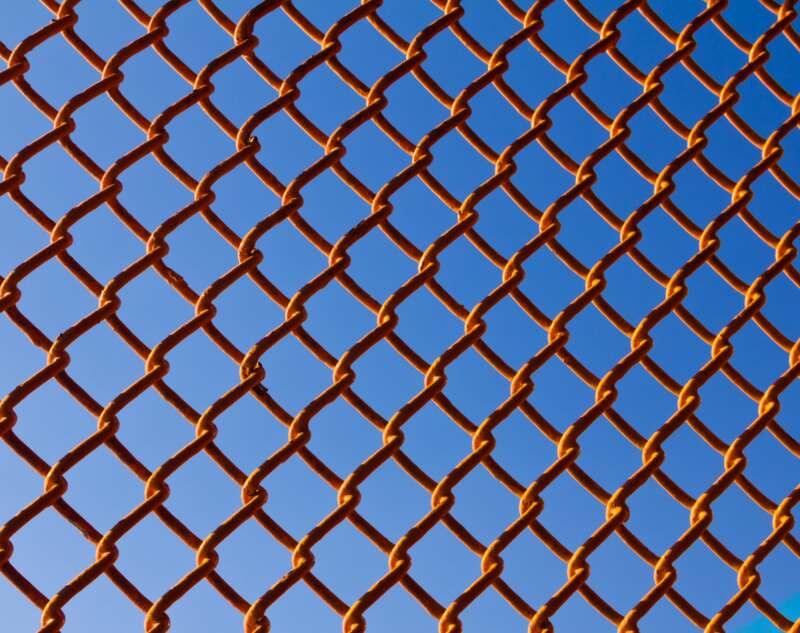
Photo Credit: ryandeberardinisphotos / Canva Pro / License
Like trees, not all fences are created equal, especially for wind resistance. Many Miami fence contractors specialize in hurricane-resistant fencing and reinforcement. It is important to note that wood fences are not the best choice for wind-resistant fencing. However, if the sustainability and natural beauty of wood are something you cannot live without, be sure to choose a slatted fence design to minimize wind resistance.
Take a look at some of the most wind-resistant fence types:
- Chain-link
- Aluminum
- Vinyl
- Masonry
Fence types to avoid:
- Wood
- Any type of solid privacy fence
Estimated cost: Professional fence installation costs between $1,330 to $5,550, depending on size, materials, and location.
8. Build a Seawall
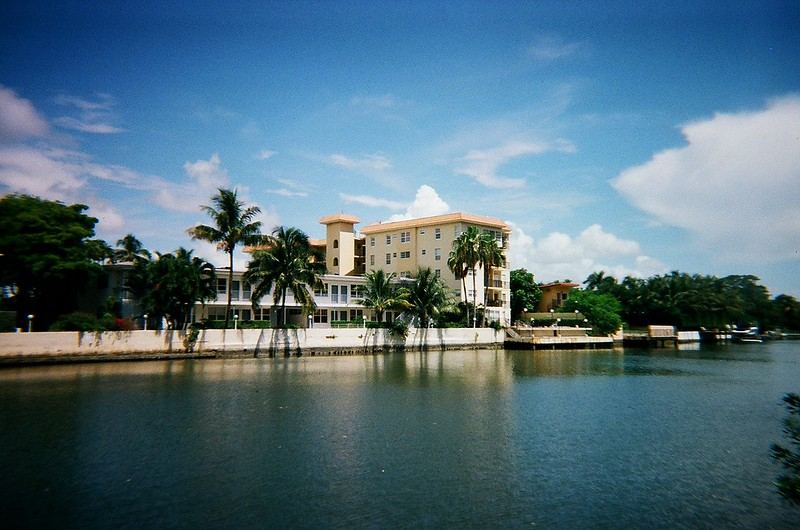
Photo Credit: Phillip Pessar / Flickr / CC BY 2.0
The average elevation of Miami is only 16 feet above sea level, and thanks to the city’s tropical climate and sandy beaches, waterfront homes are popular in the luxury real estate market. When planning your hurricane-resistant landscape, it is important to consider your proximity to the water. Building a seawall around your property protects your home and landscape from tumultuous surf, flooding, and erosion.
Check out these popular hurricane-resistant seawall materials:
- Marine-grade concrete
- Vinyl
- Composite
- Riprap (rocks)
Materials to avoid:
- Wood
- Metal
Advantages of a seawall:
- Prevents erosion
- Minimizes flooding
- Durable
- Cost-effective
Estimated cost: On average, a new seawall costs $25,000 for professional installation.
9. Clear Drains
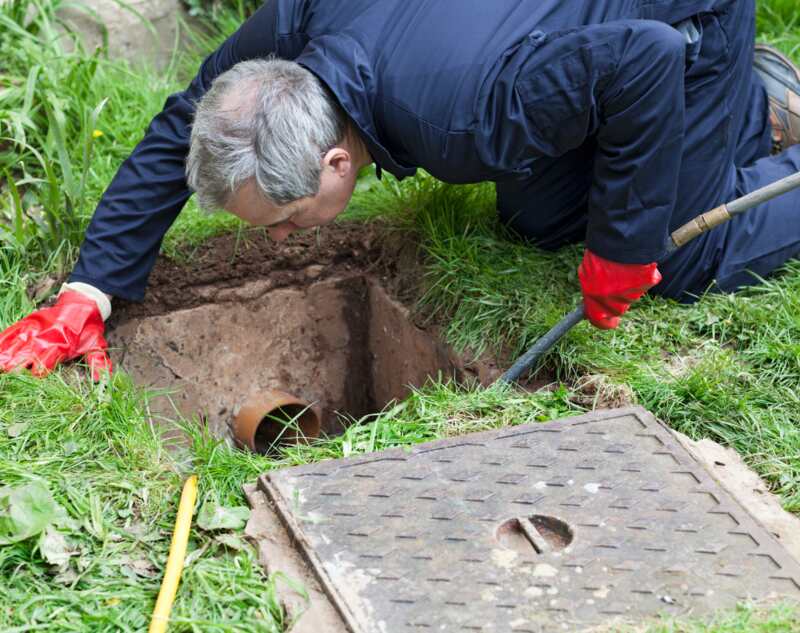
Photo Credit: nicolamargaret / Canva Pro / License
Storm drains are an integral part of your overall Miami landscape. Unfortunately, many homeowners often overlook these necessities because they offer little aesthetic value. Yard waste and organic debris can clog your drains, leading to increased flooding and water damage. Be sure to keep paths to your drains clear by maintaining your landscape.
Advantages of proper drainage:
- Prevents water buildup
- Reduces erosion
- Reduces toxic runoff
Estimated cost: Professional French drain installation costs between $1,650 to $12,250, depending on location, size, and excavation needs.
FAQ About Hurricane-Resistant Miami Landscaping
The best hurricane-resistant grasses for your Miami landscape are St. Augustinegrass and Zoysiagrass. Both types of grass tolerate saltwater spray and are great warm-season grasses, but Zoysiagrass stands up better to heavy traffic.
Yes. Most artificial grass is wind-resistant and can withstand up to 50 inches of rain per hour. Most hurricanes generate precipitation at a rate of 6 inches per hour.
Organic mulch provides moisture retention and nutrients for your plants. Experts recommend laying new mulch on top of your existing mulch annually in the spring.
Professional Miami Landscape Maintenance
Hurricane-resistant landscaping is one more thing you can check off on your storm preparedness checklist. While you focus on other areas of preparation, consider letting Wikilawn connect you with a local landscaping company that can handle your lawn care needs.
Main Photo Credit: Jollyroger33133 / Wikimedia Commons / CC BY-SA 4.0